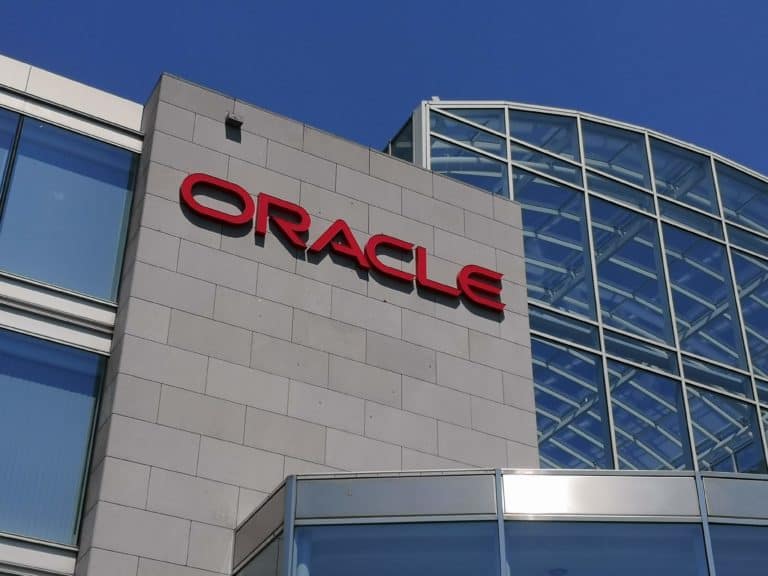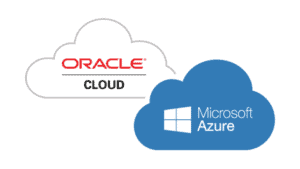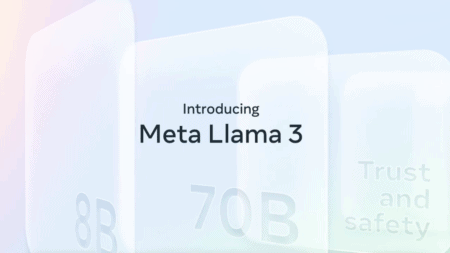Oracle comes with a new addition to its Autonomous Database portfolio: the Oracle Autonomous NoSQL Database. The service is designed for NoSQL applications that require low latency, data model flexibility and elastic scaling.
The service can be used for shopping carts, online fraud detection, gaming and advertising. Developers themselves can specify the throughput and the capacity they want to offer. Resources are then allocated and scaled to meet dynamic workload requirements.
With a suite of services using machine learning and automation, the company is trying to compete with market leader Amazon Web Services. The new Autonomous NoSQL Database is compared by the company with DynamoDB from AWS. However, according to Oracle, its own service is much more reliable, because it has 99.95 percent availability. It is also 70 percent cheaper for read-only workloads.
The service supports key value APIs, including simple declarative SQL API and command line interfaces. It also supports flexible data models for data presentation, including relational and ad-hoc JSON. The service offers a standard SQL language. This allows users to run the same application in the cloud and on-premise without lock-in from the platform.
Autonomous Data Warehouse Cloud
The autonomous database has been in existence since October last year. The system was announced together with an automated cybersecurity system. Since then, the company has made the Autonomous Data Warehouse Cloud widely available. This solution offers the same functions and performance as Oracle Database, but does not require complex configurations, tuning or management.
Oracle also compared this service with AWS. In this way, both services can handle the same workload, but Oracle’s service is said to cost half because of its speed. The solution also offers the possibility to increase or decrease the amount of resources and the use of pay-per-use is possible.
Oracle also rolled out an autonomous transaction processing service earlier.
This news article was automatically translated from Dutch to give Techzine.eu a head start. All news articles after September 1, 2019 are written in native English and NOT translated. All our background stories are written in native English as well. For more information read our launch article.

















